Heres a mundane subject for discussion: hive stands
txbeeguy
18 years ago
Related Stories
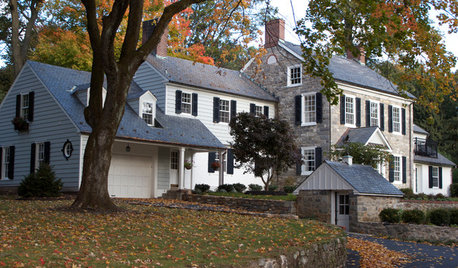
HOUSEKEEPINGIt’s Time to Clean Your Gutters — Here’s How
Follow these steps to care for your gutters so they can continue to protect your house
Full Story
MOST POPULARIs Open-Plan Living a Fad, or Here to Stay?
Architects, designers and Houzzers around the world have their say on this trend and predict how our homes might evolve
Full Story
BATHROOM DESIGNHere's (Not) Looking at Loo, Kid: 12 Toilet Privacy Options
Make sharing a bathroom easier with screens, walls and double-duty barriers that offer a little more privacy for you
Full Story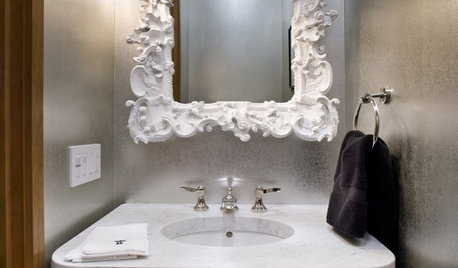
FUN HOUZZHere's Looking at You: A Mirror Personality Quiz
What does your bathroom mirror preference say about you? We offer some speculations to go with 11 very different mirror styles
Full Story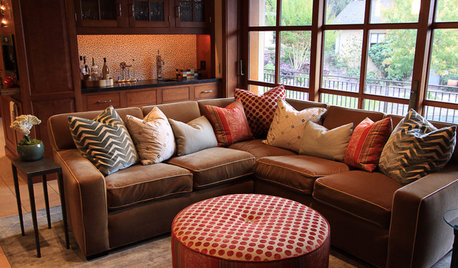
DECORATING GUIDESBulletproof Decorating: Upholstery That Stands Up to Anything
Kids and pets are no match for fabrics as durable as these, which meet higher style standards than ever
Full Story
REMODELING GUIDESCool Your House (and Costs) With the Right Insulation
Insulation offers one of the best paybacks on your investment in your house. Here are some types to discuss with your contractor
Full Story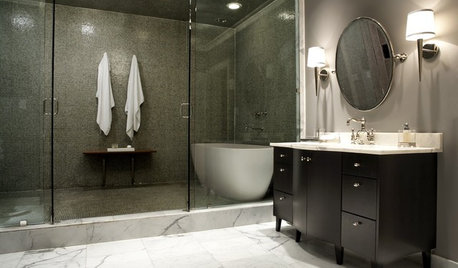
BATHROOM DESIGNHow to Choose Tile for a Steam Shower
In steamy quarters, tile needs to stand up to all that water and vapor in style. Here's how to get it right the first time
Full Story
ENTERTAININGHouzz Guide: How to Set a Table
Here’s everything you need to know to prep your table for a get-together
Full Story
FARM YOUR YARDHello, Honey: Beekeeping Anywhere for Fun, Food and Good Deeds
We need pollinators, and they increasingly need us too. Here, why and how to be a bee friend
Full Story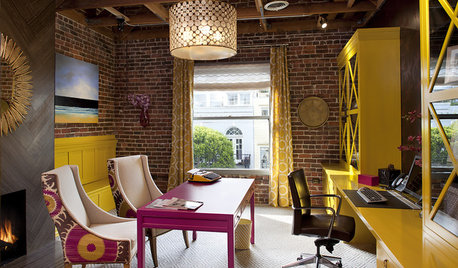
DECORATING GUIDESCalifornia Law: License to Practice Interior Design?
A proposed bill that would require a license to practice interior design in California has Houzzers talking. Where do you stand?
Full StorySponsored






pennsylvania_pete
ccrb1
Related Professionals
Deer Park Landscape Architects & Landscape Designers · Lake Oswego Landscape Architects & Landscape Designers · Salem Landscape Contractors · Bedford Heights Landscape Contractors · Bloomington Landscape Contractors · Brandon Landscape Contractors · Fort Myers Landscape Contractors · Lake Zurich Landscape Contractors · Mason Landscape Contractors · Secaucus Landscape Contractors · Twin Falls Landscape Contractors · West Orange Landscape Contractors · Raytown Landscape Contractors · Ferguson Landscape Contractors · Palos Heights Landscape Contractorshotzcatz
bandit_tx